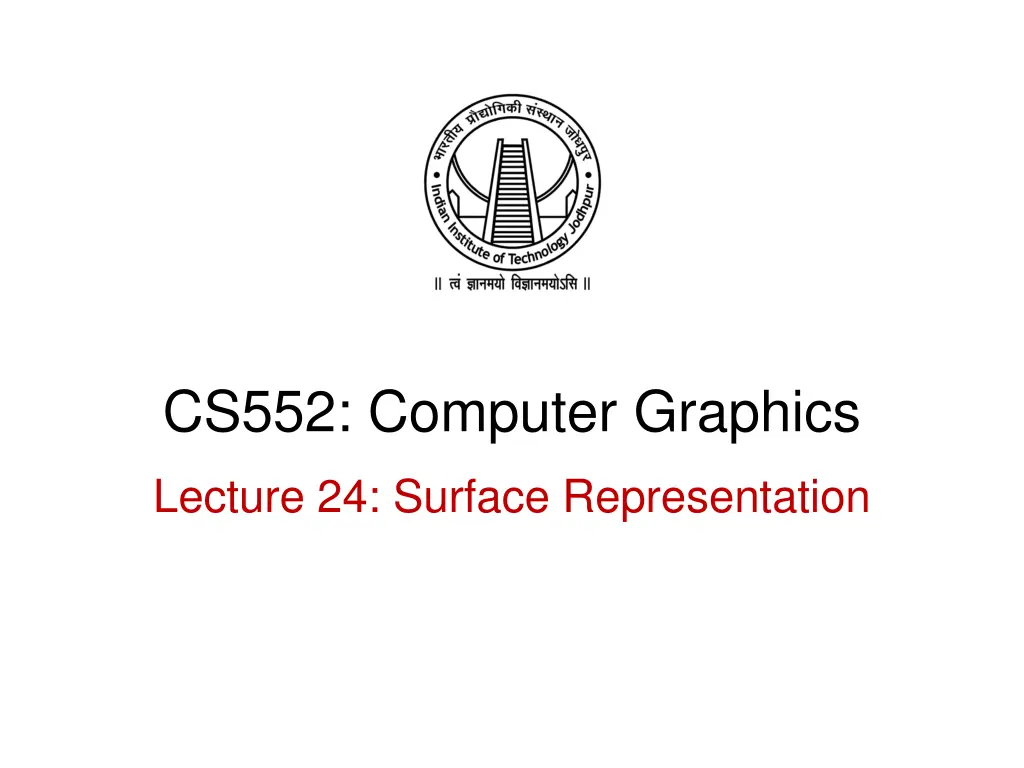
Surface Representation and Bicubic Surface Patch Derivation
Explore surface representation techniques in computer graphics, including parametric surfaces, planar curves, and bicubic surfaces. Learn how to derive mathematical expressions, subdivide surfaces, and maintain geometric properties. Discover the process of deriving bicubic surface patches and the importance of boundary points and basis functions.
Download Presentation

Please find below an Image/Link to download the presentation.
The content on the website is provided AS IS for your information and personal use only. It may not be sold, licensed, or shared on other websites without obtaining consent from the author. If you encounter any issues during the download, it is possible that the publisher has removed the file from their server.
You are allowed to download the files provided on this website for personal or commercial use, subject to the condition that they are used lawfully. All files are the property of their respective owners.
The content on the website is provided AS IS for your information and personal use only. It may not be sold, licensed, or shared on other websites without obtaining consent from the author.
E N D
Presentation Transcript
CS552: Computer Graphics Lecture 24: Surface Representation
Recap Surface representation Parametric surface Planar Curve surface Bilinear Lofted Coons
Objective After completing this lecture, students will be able to o Derive mathematical expressions for Bi-cubic surface o Surface sub-division o Geometric properties of surface
Bicubic surface patch Discussed so far simple surface patches from a conceptual point of view. Useful patch descriptions Boundary points are given Need to calculate the basis functions Steps: o Calculate for a fixed u, calculated for a fixed v o Add the two set of curves to generate the surface
Bicubic surface representation Start with the cubic spline expression and derive for boundary conditions Represent the curve as a function of the extreme points and the blending functions For a fixed u, represent the curve For a fixed v, represent the curve Add them Do the correction Final expression
Subdivision of surface patch To construct a surface patch with an interactive algorithm Changing the boundary (global) points doesn t change the shape Local control is required Add more points How many points we should add? Constraints ?
Constraint on surface subdivision The algorithm o Takes a surface defined by n points o Partitions it into several patches, so that Together they represent the same surface Each patch is now represented with n points They are computed from the original set of points
Thank you Next Lecture: Surface Representation
